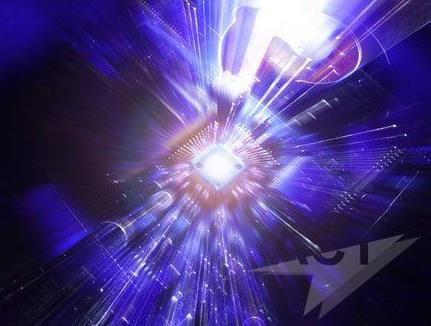The history of human understanding of semiconductors can be traced back to 1782, when Walter (A. Volta) used an electrometer to the ground and discharge different materials, thus distinguishing between metals, insulators and "semiconductors" with intermediate conductivity. Then he also The term "semiconductor" was first used.
Faraday (M. Faraday) discovered in 1833 that the negative temperature coefficient of resistance of A92S is 12J, Smith (WR Smith) discovered the photoconductivity of selenium, Braun (F. Braun) discovered PbS, and when FeS2 and metal Rectification occurred during contact. Metal probes opened a new chapter in human research on semiconductor materials. The 20th century has become a glorious historical period in the history of material development. Due to the urgent needs of social progress and the development of military electronic technology, people realize that the time has come. Therefore, a large number of new electronic materials came into being: In 1910, Thiel and others first reported a synthetic indium phosphide (InP) material, which became a human research III. The earliest record of group V compounds;

In 1929, Goldschmidt synthesized GaAs for the first time and pointed out that it had a zinc mixed structure. From 1940 to 1945, people conducted a lot of research on PbS, PbSe and PbTe as infrared detection materials. In 1950, the first single crystal of germanium (Ge) was prepared by the Czochralski (CZ) method. In 1952, the first silicon single crystal was prepared. In 1954, gallium arsenide (GaAs) single crystals were prepared by the zone melting (FZ) method and the horizontal (HB) method. In the early 1950s, Wilker of Germany fought for the third time. Nelson (H. Nelson) research on the growth of V group semiconductor material 110 used liquid phase epitaxy (LPE) to grow GaAs epitaxial layer in 1963 and made semiconductor laser 111 |.
In 1965, Knight successfully prepared a gallium arsenide (GaAs) single crystal film by vapor phase epitaxy (VPE) for the first time. In 1965, Mullin et al. The liquid-sealed Czochralski growth method of GaAs single crystals was reported in the late 1960s. The LEC method is used to grow InP and GaP single crystals [13-151. The rookies from the new material family not only bring dawn to the prosperity of the material kingdom but also bring hope to the development of a new generation of military electronic equipment.
Compared with germanium and silicon materials, compound semiconductors GaAs and InP have many advantages: direct transition band structure, high electro-optical conversion efficiency, and high efficiency. High electron mobility, easy to manufacture semi-insulating materials, suitable for manufacturing high-frequency microwave equipment and circuits; high working temperature (400.450℃); strong radiation resistance; high conversion efficiency as a solar cell material. These characteristics determine that GaAs, InP and other materials have been widely used in civil and military fields, such as solid-state lighting, microwave communications, optical fiber communications, guidance, navigation and satellites.


